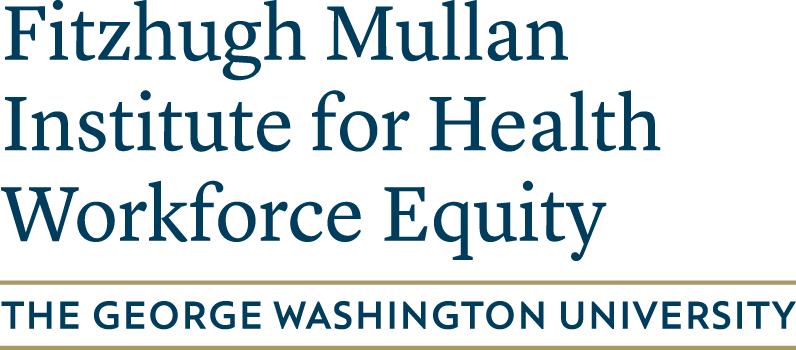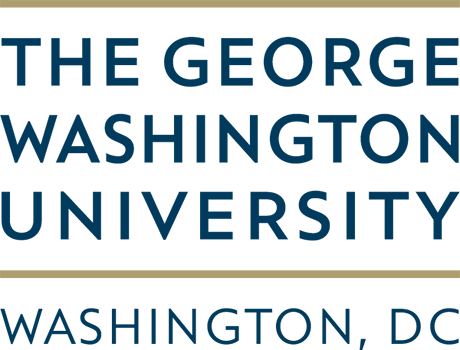The 16 Areas of Social Mission
The Social Mission Self-Assessment is a survey that provides a standardized approach to measure social mission at a dental, medical, and nursing schools. The Self-Assessment is divided into sixteen Social Mission Areas, each of which is represented by several survey questions
Curriculum
Extent of curriculum related to social determinants of health and health disparities, including longitudinal clinical experiences with underserved communities and inter-professional education.
Extracurricular Activities
Extracurricular activities that promote social mission – including service-learning requirements and activities directly related to addressing social determinants of health and reducing health disparities.
School Mission
If a mission statement of a school, or in a school’s strategic plan, has an explicitly stated “community of commitment.”
Curriculum and Community Needs
The use of a formal or informal Community Health Needs Assessment, and the extent to which this assessment informs a school’s curriculum.
Community Collaborations
Established collaborations with community and local organizations that address health disparities, social determinants of health, or build community capacity.
Student Diversity
Self-reported demographic data of students at the school, in addition to policy and structure-level questions related to admissions policies, graduation rates, and scholarships.
Faculty Diversity
Representation of traditionally underrepresented minorities on the school’s faculty.
Academic Leadership Diversity
Representation of traditionally underrepresented minorities in academic leadership.
Pathway Programs
The existence of, relative size of, and efficacy of pathway programs aimed to increase the number of underrepresented minorities who enter the health professions.
Student Training in Social Mission
Student training in unconscious or implicit bias, cultural competency or cultural humility, health advocacy, and social determinants of health.
Faculty Training in Social Mission
Faculty training in unconscious or implicit bias, cultural competency or cultural humility, health advocacy, and social determinants of health.
Student-Run Clinics
Participation of students and faculty in student-run clinics, and financial support for the clinics by the school.
Student Activism
How active students are in organizations and programs that focus on advocacy, health disparities, and social determinants of health.
Faculty Activism
Faculty activity in organizations and programs that focus on advocacy, health disparities and social determinants of health, and how a school rewards or recognizes faculty for such activities.
Primary and Community Based Care
Student practice choices after graduation, school encouragement toward primary care/community-based practice, percentage of graduates who work in community health centers, primary care, or public health settings.
Research
Make-up of a school’s research portfolio comprised of community-engaged health research, health equity research, health promotion/disease prevention research, social determinants of health, and community needs assessments.

